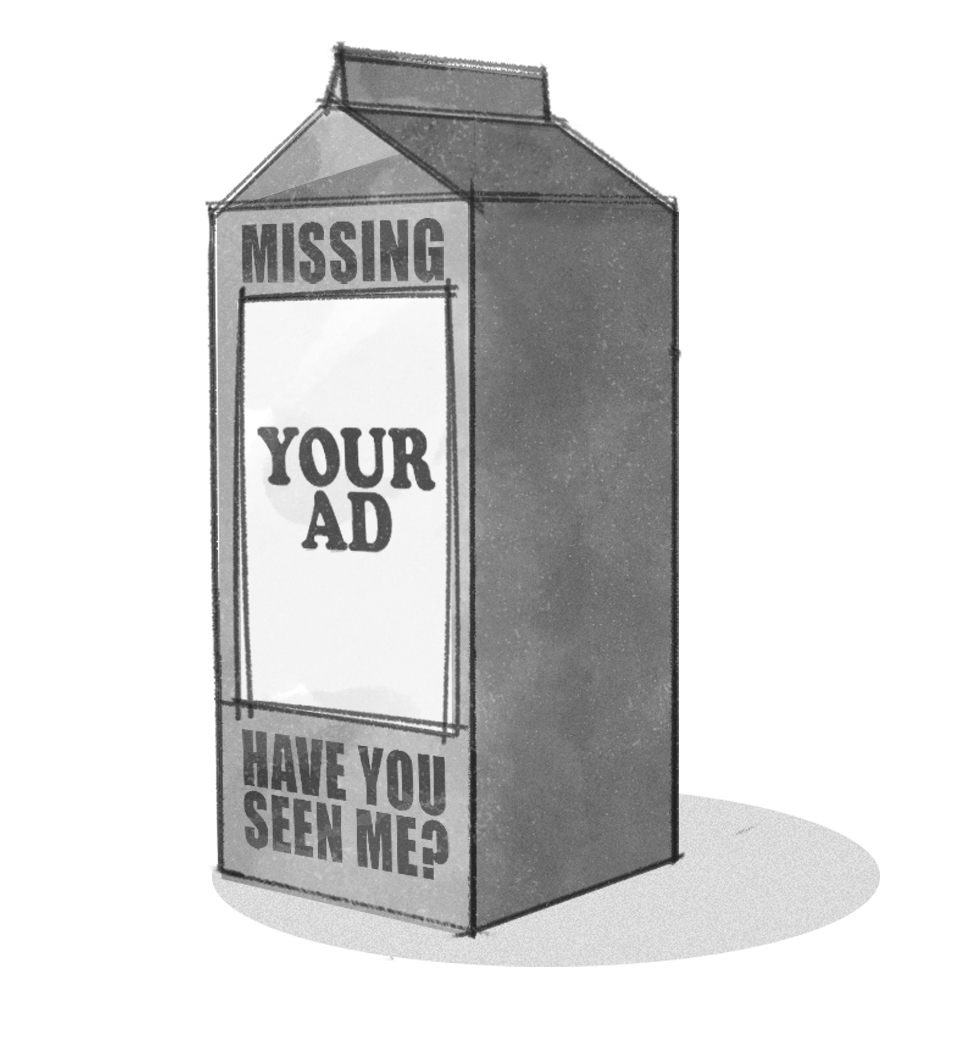No Need to Panic. P&G’s Decree to the Digital Ad Industry Doesn’t Phase Us

We saw it coming, and we’re more than prepared. In fact, you could say discerning digital marketers and media buyers like ourselves have been looking forward to this day—the day when the much-needed conversation about the current state, and future of, digital media would finally take place. The impetus? The scathing takedown Procter & Gamble’s Chief Brand Officer Marc Pritchard recently delivered to the digital ad industry at the Interactive Advertising Bureau’s Annual Leadership Meeting. There Pritchard decried the current media supply chain’s antiquated buying practices, saying, “We serve ads to consumers through a non-transparent media supply chain with spotty compliance to common standards, unreliable measurement, hidden rebates, and new inventions like bot and methbot fraud.”
Ouch.
Pritchard capped his cutting critique by giving notice to agencies, media vendors, and ad tech companies to either clean up their act or lose P&G’s business. The ultimatum has created a ripple effect, with other brands now asking, “Just how are my ad dollars being spent?” and “Am I really getting the best return on my media investment?” To ensure their advertising dollars aren’t being wasted, P&G has rolled out a four-point plan demanding improved viewability, higher measurement standards, enhanced ad fraud protection, and greater transparency. We say all brands should follow suit and require the same in order to get the most out of their media spend. Why?
Let’s take a look at viewability first. Pritchard urged agencies to adopt the Media Rating Council’s viewability standards for digital media, which defines display ad impressions as “viewable” if at least 50 percent of pixels are on-screen for at least one second. This is important because most vendors are charged with reaching conversion goals at the cost of viewability since advertisers can only optimize toward one metric, such as viewability, conversion, or click-through rate. So, when conversion is the goal, vendors strive to get credit for the last click conversion, and viewability of ads on the webpage suffers.
How does Planit approach viewability?
Our standard is 60 percent of pixels viewable above the fold, even for conversion driven campaigns. Through our ad server we can add viewability protection to make sure we’re not seeing anything out of the norm. Additionally, we’re bringing on a trading desk so we can manage all display buys in-house, giving Planit more control on where ads are placed.
Pritchard went on to say there are “too many players grading their own homework” and to be frank, he’s right. When it comes to measurement, we need to look at the bottom line. This means matching sales data to integrated media buys and evaluating overall customer acquisition costs and the lifetime value of a customer. By working with clients to gather overall sales data and combining it with data from digital media buys, clients can have a comprehensive assessment of what is or is not working.
Preventing ad fraud. The simple fact is that there are bots on websites that just click through ads. Eight percent of all programmatic ad buy clicks are fraudulent, which of course that means eight percent of your digital buy is wasted. Planit combats this by only working with vendors that are certified by the Trustworthy Accountability Group, a self-regulatory body aimed at eliminating ad fraud. Planit has also partnered with vendors to further protect our clients, providing enhanced ad fraud detecting algorithms and monitoring.
Furthermore, it is critical that ads are not just set and forgotten. We have access to, and routinely review, ads ourselves and don’t solely rely on vendors to do this.
Finally, in the quest for greater transparency, agencies should welcome a review of all contracts. Agencies should also educate clients on what vendors they use and why. Clients should be confident that agencies are using quality vendors with quality data sources. This also means vetting and reviewing vendors routinely, even weekly.
Want to know more about increasing viewability, combatting ad fraud, and more? Sign up for our e-newsletter below. We promise we won’t flood your inbox—but we can’t promise we won’t drop some knowledge bombs.